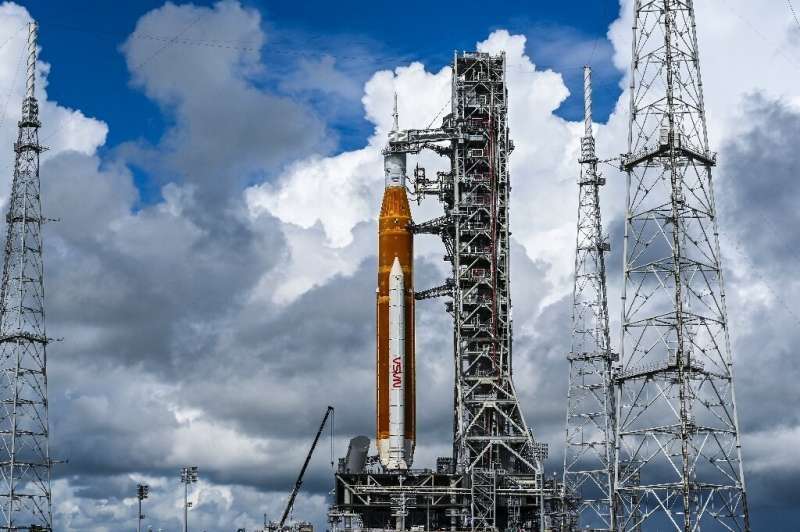NASA will host a discussion about the next chance to launch that will be streamed on its website at nasa.gov/live at 12:30 p.m. Eastern time Friday.
One uncertain factor is whether or not the U.S. Space Force will give NASA the OK to try for a launch despite not having checked the batteries on its flight termination system since before Aug. 16, the last time the massive 5.75 million-pound, 322-foot-tall combination of Space Launch System rocket, mobile launcher and Orion spacecraft was in Kennedy Space Center's Vehicle Assembly Building.
The Space Force controls the Eastern Range over which the rocket would launch, and had only a previous 25-day window allowed between times the rocket's self-destruct mechanism could go without having been checked.
But if a waiver is allowed, NASA could pursue two previously announced potential launch dates. Tuesday's is a 70-minute window that opens at 11:37 a.m. that would fly on a nearly 40-day mission that would land back on Earth on Nov. 5. The second is Sunday, Oct. 2, a 109-minute window that opens at 2:52 p.m. and fly for roughly a 41-day mission and land on Nov. 11.
Artemis I is the first of a series of missions NASA plans to return humans to the moon and eventually to Mars. This first uncrewed flight looks to prove the Orion spacecraft can support humans as it will travel farther out beyond the moon and bring it back home to Earth faster than any other previous human-rated spacecraft.
If successful, it would be followed by a crewed Artemis II mission to orbit the moon in 2024 followed by Artemis III as early as 2025, which aims to return humans including the first woman to the lunar surface for the first time since 1972.
Explore further
©2022 Orlando Sentinel.
Distributed by Tribune Content Agency, LLC.



